Mastering Chatbot Development: A Comprehensive Guide
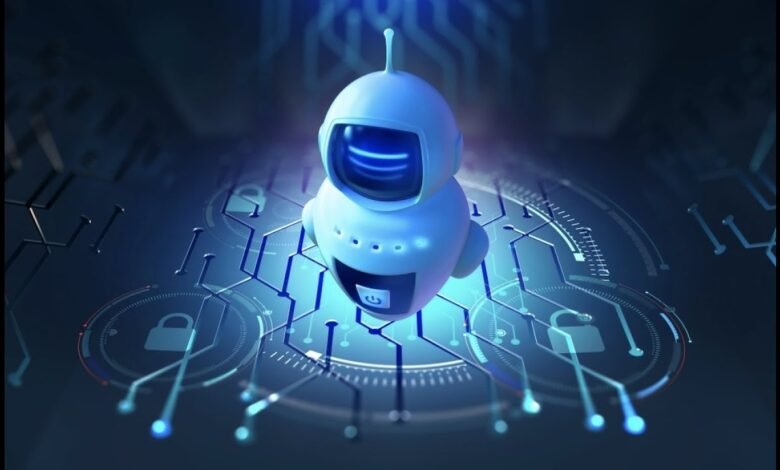
Introduction to Chatbot Development
Chatbot development has evolved into a dynamic and innovative domain within the sphere of technology and artificial intelligence. Across numerous sectors, the demand for chatbots has surged dramatically in recent times, fundamentally transforming the manner in which businesses engage with their clientele. With their ability to mimic human dialogue, these intelligent virtual agents present unmatched chances for improving user experiences, automating chores, and expediting customer service.
A wide range of fields are included in chatbot creation, such as software engineering, machine learning, and natural language processing. It requires a comprehensive understanding of user actions, nuanced language utilization, and the ability to adapt to ever-changing user anticipations. The role of chatbots is growing increasingly critical as companies strive to stay competitive in today’s swiftly evolving digital landscape. Chatbots have the capability to transform the way we engage with technology by furnishing immediate responses to customer queries and assisting with online business transactions.
This introduction sets the stage for a deeper look into the fascinating field of chatbots, where creativity and intelligence combine to create intelligent, dialog-based machines that fundamentally alter the nature of human-computer interactions.

Chatbot Types and Their Uses
In the realm of chatbot development, various types of chatbots have emerged to cater to specific needs and industries. Rule-based chatbots, driven by predefined rules, excel in handling routine tasks like answering frequently asked questions and appointment scheduling.
AI-driven chatbots, powered by machine learning and natural language processing, engage in more complex, context-aware conversations, finding applications in customer support, sales, and personalized recommendations.
Hybrid chatbots, blending rule-based and AI-driven capabilities, offer versatility and adaptability, making them a valuable asset in industries such as healthcare, finance, and e-commerce. Understanding these chatbot types and their uses is crucial for businesses seeking to leverage chatbot to enhance user experiences and streamline operations.

Key Technologies Behind Chatbots
In the realm of chatbot development, several key technologies power the functionality of these virtual assistants. Natural Language Processing (NLP) plays a pivotal role, enabling chatbots to understand and interpret human language, making conversations more seamless and human-like.
Machine learning algorithms facilitate chatbots in learning from user interactions, improving their responses over time through continuous training. Application Programming Interfaces (APIs) connect chatbots to various data sources and systems, allowing them to retrieve information and perform tasks.
Additionally, chatbot often involves integrating with cloud services for scalability and accessibility. These technologies collectively drive the innovation and capabilities of chatbots, transforming them into powerful tools for businesses across numerous industries.
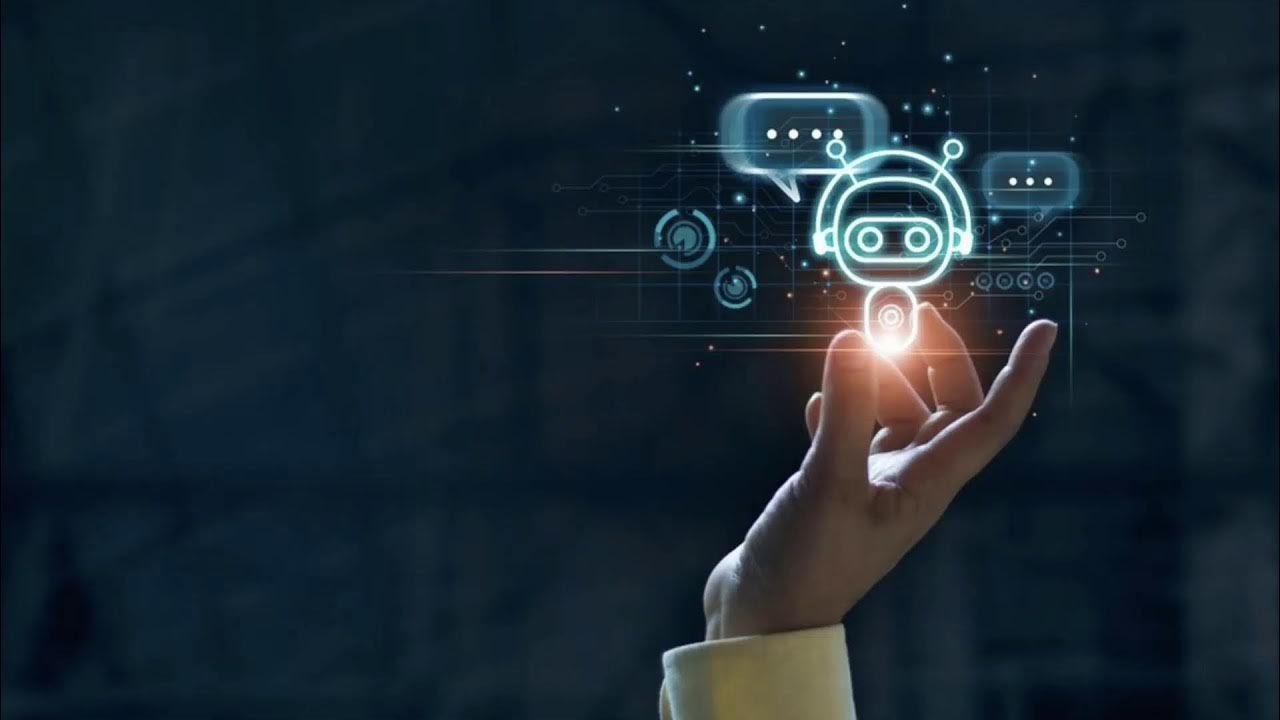
Designing a Chatbot
In the realm of chatbot development, designing a chatbot is a meticulous and strategic process. It begins with a comprehensive understanding of the target audience and their needs, ensuring that the chatbot is tailored to provide valuable solutions.
Crafting a user-friendly conversational flow, intuitive interface, and meaningful interactions is essential for a seamless user experience. Designers must also consider the chatbot’s personality and tone, aligning it with the brand’s identity.
Continuous testing and iteration are crucial to refine the chatbot’s performance and responsiveness, ensuring it meets user expectations. Designing a chatbot involves a delicate balance of technology and user-centric design principles, ultimately aiming to create a valuable and engaging conversational experience.
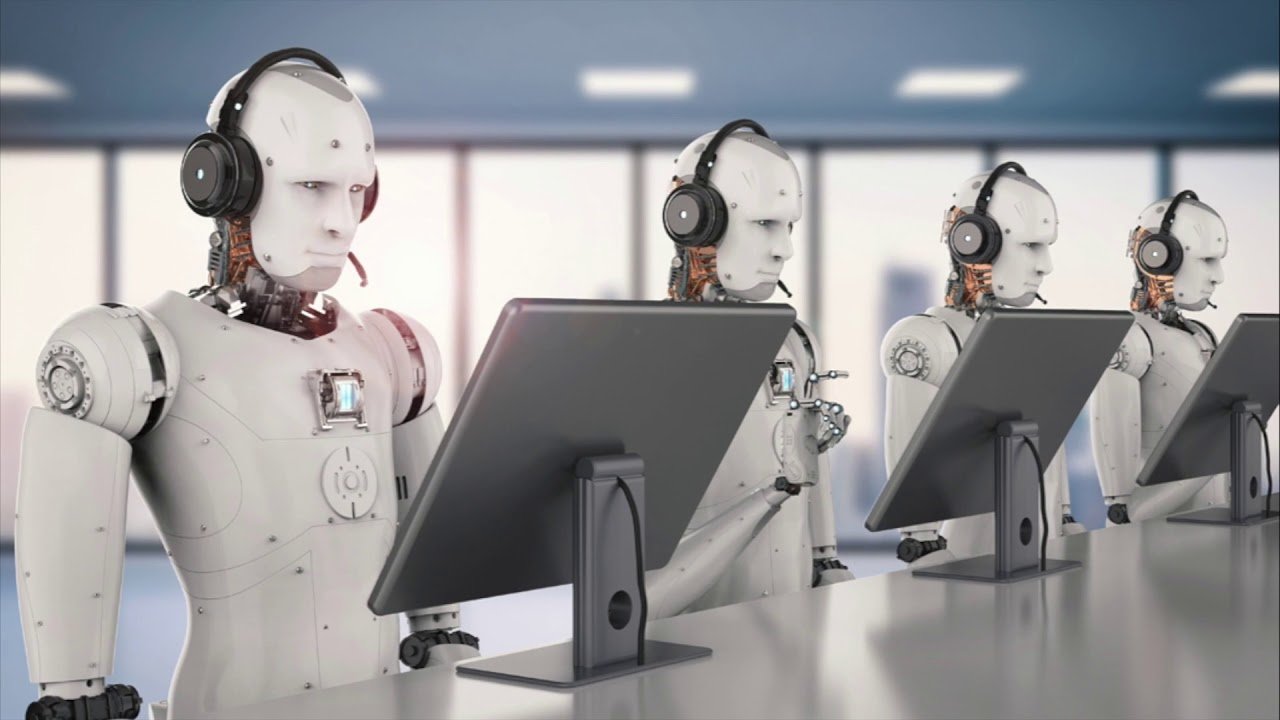
Development Platforms and Tools
Chatbot relies on a plethora of development platforms and tools that streamline the creation process. These platforms, such as Dialogflow, Microsoft Bot Framework, and IBM Watson, offer pre-built frameworks and libraries, expediting chatbot development.
Moreover, integrated natural language processing (NLP) functionalities facilitate the proficient comprehension of user input. Additionally, developers have the flexibility to utilize various programming languages, including Python and JavaScript, in tandem with cloud computing services such as AWS and Azure, to establish chatbot deployments that are both scalable and dependable.
These development frameworks and utilities empower developers to maximize the potential of chatbot technology, allowing organizations to craft intelligent, effective, and user-centric virtual assistants customized to their particular requirements.

Building Your First Chatbot
Embarking on the journey of chatbot development and building your first chatbot is an exciting endeavor. Begin by defining a clear purpose for your chatbot – whether it’s assisting customers, providing information, or automating tasks.
Choose an appropriate development platform that aligns with your project’s requirements and your familiarity with programming languages. Carefully design the conversation flow, anticipating user queries and creating engaging responses.
It’s crucial to continually test and refine your chatbot to enhance its performance and user satisfaction. Building your first chatbot involves a blend of creativity, problem-solving, and technology, offering a rewarding experience as you witness your virtual assistant come to life and serve its intended purpose effectively.
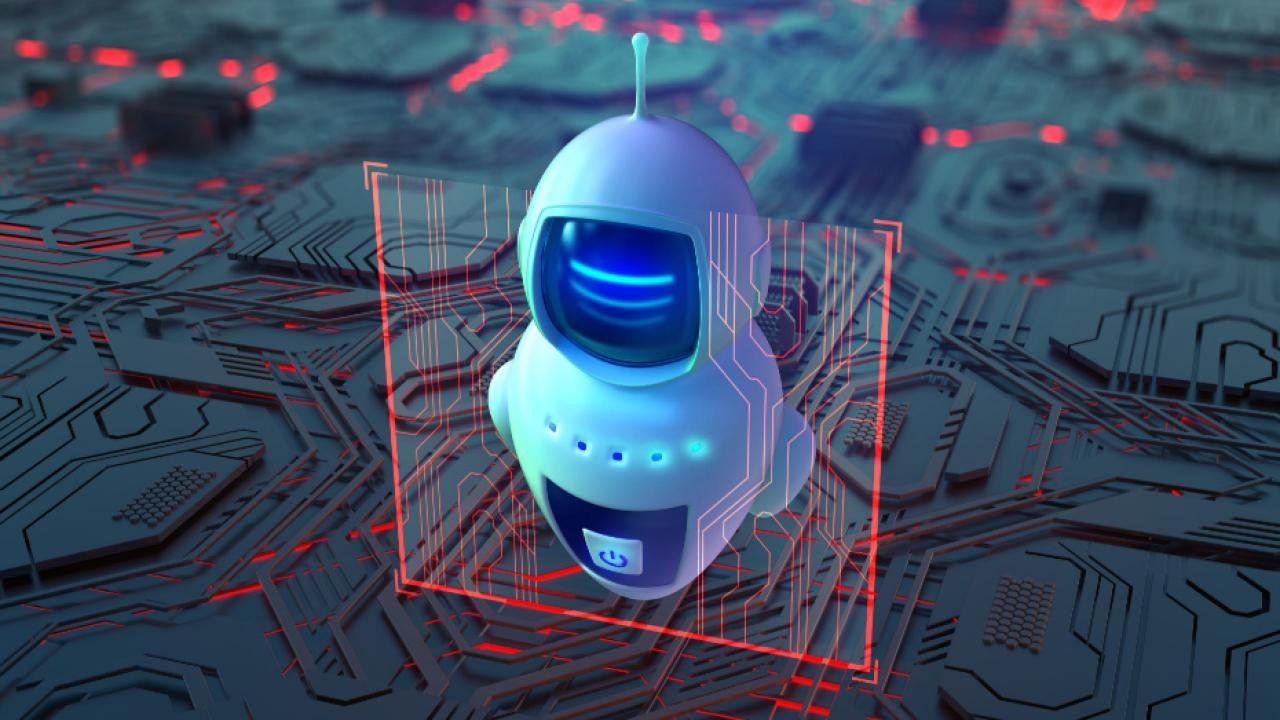
Integrating Chatbots into Business Systems
A smart strategic move that can revolutionize customer service and operational efficiency for businesses is integrating chatbots into their systems. Developing chatbots, which are intelligent virtual assistants that can easily interface with current systems, is an essential part of this process.
Chatbots can be integrated into websites, CRM systems, and communication channels to improve customer service, automate repetitive jobs, and extract insightful data from user interactions. In addition to increasing productivity, this connection enables businesses to offer 24/7 assistance, guaranteeing a steady and accommodating clientele. As chatbot technology develops, businesses looking to remain competitive and customer-focused in the digital era will find that integrating it into their corporate operations is a significant tool.
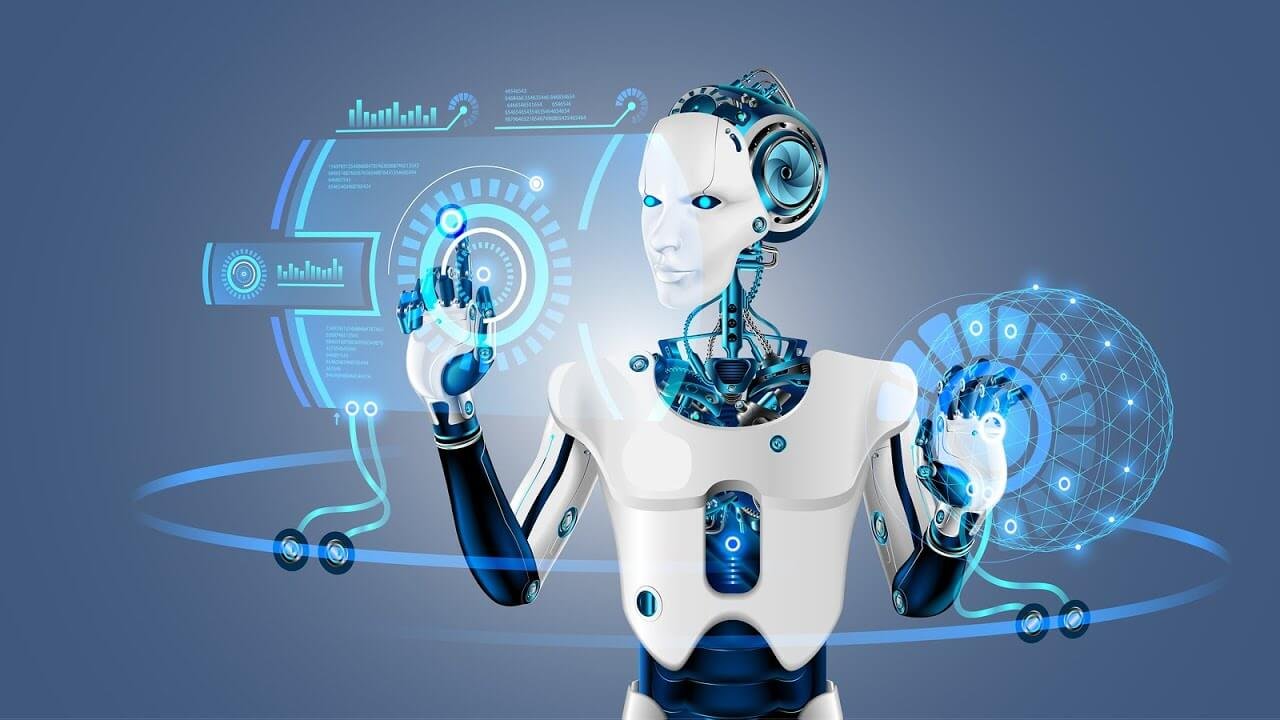
Testing and Improving Your Chatbot
Testing and improving your chatbot is a critical phase in the journey of chatbot development. Rigorous testing ensures that the chatbot functions as intended, delivering accurate responses and a smooth user experience.
Conduct both automated and manual testing to identify and rectify issues related to natural language processing, conversation flow, and integration with external systems. User feedback plays a pivotal role in the refinement process, allowing developers to fine-tune the chatbot’s responses and adapt to evolving user needs. Continuous improvement is essential, as it enables the chatbot to become more proficient over time, offering users increasingly valuable and satisfying interactions.

Future Trends in Chatbot Development
The future of chatbot development holds exciting possibilities driven by technological advancements and evolving user expectations. One prominent trend is the integration of artificial intelligence and machine learning to create chatbots with enhanced cognitive abilities, enabling them to understand context and provide more personalized responses.
Multimodal chatbots, capable of processing both text and voice inputs, will become more prevalent, offering users a more natural and versatile interaction experience. Moreover, increased focus on ethical AI and data privacy will shape chatbots, ensuring responsible and secure use of these virtual assistants. As chatbot continues to evolve, it promises to revolutionize customer support, automation, and user engagement across various industries.
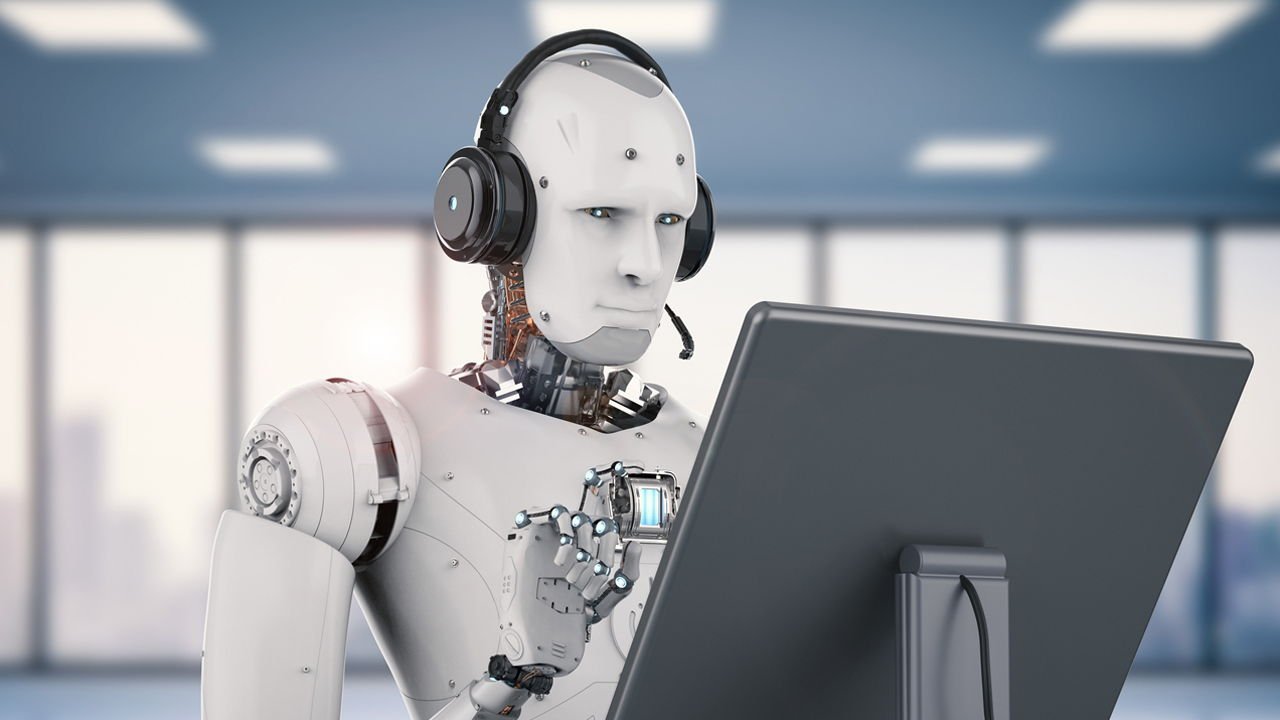
Case Studies: Successful Chatbot Implementations
Examining case studies of successful chatbot implementations provides valuable insights into the potential and versatility of chatbot development. In the healthcare industry, chatbots have been employed to assist patients with appointment scheduling, symptom checking, and medication reminders, improving overall healthcare accessibility and patient experience.
E-commerce giants have leveraged chatbots for personalized product recommendations and customer support, leading to increased sales and customer satisfaction. Financial institutions have harnessed chatbots to facilitate transactions, answer inquiries, and enhance fraud detection, resulting in streamlined operations and improved security. These case studies underscore how chatbot can revolutionize various sectors by delivering efficiency, convenience, and enhanced user engagement.
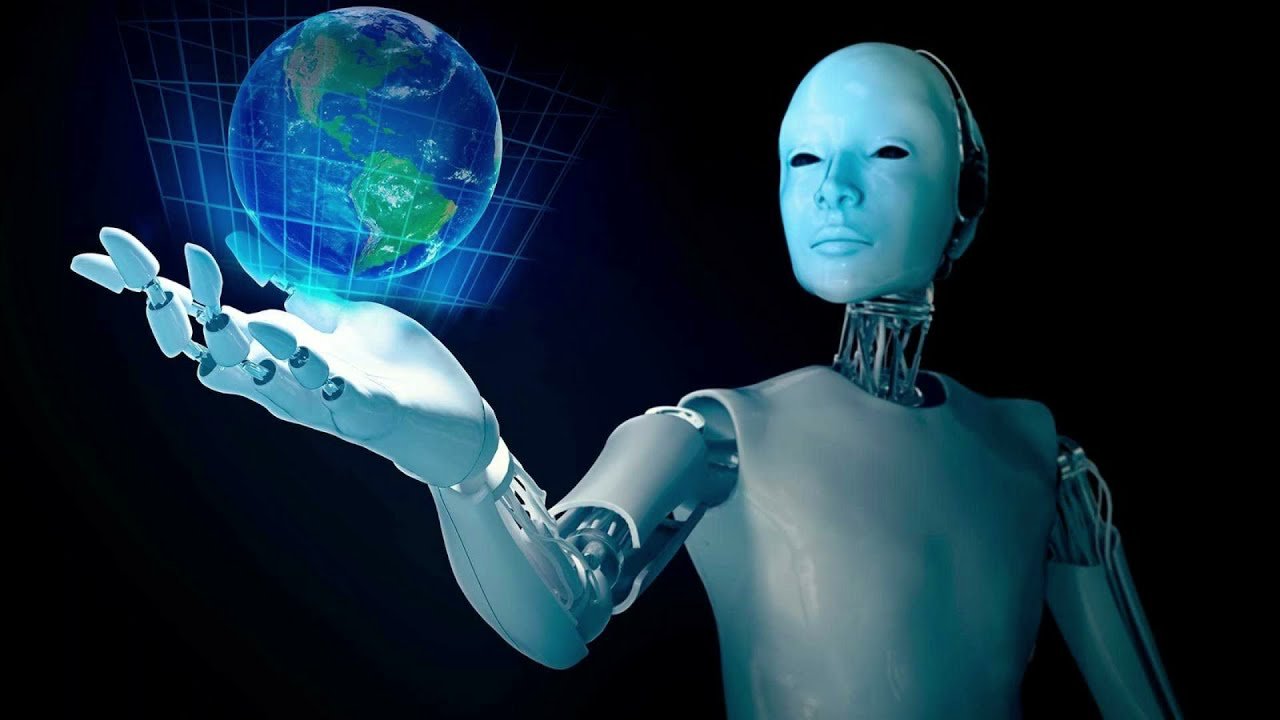
Challenges in Chatbot Development
Chatbot development presents several notable challenges that developers and businesses must address. One significant challenge is achieving natural language understanding and context awareness, as human language is nuanced and context-dependent.
Maintaining a consistent and engaging conversation flow while handling unexpected user inputs can be complex. Another hurdle is ensuring data privacy and security, as chatbots often deal with sensitive information.
Integrating chatbots seamlessly into existing systems and maintaining compatibility with various platforms and devices is also a challenge. Lastly, user acceptance and trust are crucial; building chatbots that users feel comfortable interacting with remains an ongoing challenge. Overcoming these obstacles is essential for successful chatbot and widespread adoption.

Monetizing Chatbot Technology
Monetizing chatbot technology offers businesses innovative revenue streams in the digital era. Beyond enhancing customer service and engagement, chatbots can be leveraged to drive sales and generate income.
E-commerce companies, for instance, employ chatbots for upselling and cross-selling products, thus increasing their average transaction value. Subscription-based chatbots, premium content access, or in-chat advertising are alternative models that enable businesses to capitalize on chatbot development.
Moreover, chatbots can reduce operational costs through automation, leading to significant savings. By exploring creative ways to monetize chatbot technology, organizations can not only provide value to customers but also strengthen their bottom line, making chatbots a smart investment for the future.

The Role of Chatbots in Customer Service
Chatbot development has revolutionized the role of chatbots in customer service. These virtual assistants now serve as the first line of support, providing quick and efficient responses to customer inquiries 24/7.
By handling routine queries, such as FAQs or account inquiries, chatbots free up human agents to focus on more complex and personalized interactions. They enhance customer satisfaction by offering instant assistance, reducing wait times, and ensuring consistent service quality. Additionally, chatbots gather valuable data on customer interactions, allowing businesses to gain insights and improve their services continually. In summary, chatbots are becoming indispensable resources for providing outstanding customer care, increasing productivity, and improving client experiences in general.

Legal and Ethical Considerations
In the realm of chatbot development, legal and ethical considerations loom large as crucial factors. Ensuring compliance with data privacy regulations, such as GDPR or CCPA, is paramount, as chatbots often handle sensitive user information. Transparency about the bot’s nature and capabilities is essential to maintain user trust, as is obtaining informed consent for data usage.
Ethical concerns include preventing bias and discrimination in chatbot interactions, which requires careful design and ongoing monitoring. Furthermore, clear policies on handling user data and providing channels for user recourse in case of errors or issues are vital. Navigating these legal and ethical considerations is imperative to uphold the integrity and responsible use of chatbot technology.

Conclusion
In summary, chatbot creation has become a disruptive force in the digital space, changing the way companies engage with their clientele, optimizing workflows, and offering creative solutions. Natural language processing, machine learning, and user experience design advances have transformed chatbots into intelligent virtual assistants that can provide individualized, effective, and 24/7 services.
From healthcare and e-commerce to finance and customer support, chatbots are finding applications across diverse industries, offering unparalleled convenience and scalability. However, the journey of chatbot development is not without its challenges, including natural language understanding, data privacy, and ethical considerations.
Looking ahead, the future of chatbot is promising, with trends pointing towards enhanced cognitive abilities, multimodal interactions, and increased focus on ethical AI. As businesses continue to harness the power of chatbots, it is essential to prioritize user trust, data security, and responsible AI practices.
Mastering Chatbot Development: A Comprehensive Guide
What programming languages are commonly used in Chatbot Development?
Typically employed programming languages in chatbot development encompass Python, JavaScript, Java, and various others.
What industries can benefit from chatbot development?
Various industries, including healthcare, e-commerce, customer support, finance, and more, can benefit from chatbot development to enhance user experiences and streamline operations.
What trends will chatbot development see in the future?
Future trends in chatbot development include enhanced cognitive abilities, multimodal interactions, and a focus on ethical AI and responsible data handling.
Can chatbots be used for monetization?
Yes, chatbots can be monetized through various means, such as upselling products, offering premium content, or providing in-chat advertising.
Mastering Chatbot Development: A Comprehensive GuideHow Do You Like Our Post
0






